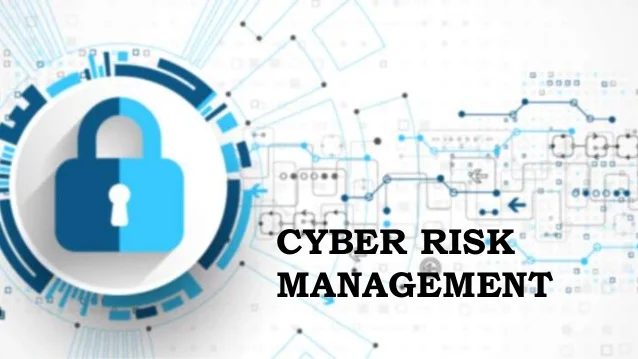Cyber Risk Management – The Right Tools for the Assessment

In today’s digital age, cyber risks have become a significant concern for organizations. As a result, it’s critical to have a comprehensive cyber risk assessment process in place to identify potential vulnerabilities and develop strategies to mitigate them. Traditionally, cyber risk assessments were conducted manually, which was time-consuming and prone to human error. However, with the advent of web applications, cyber risk assessments have become more efficient and accurate, especially when using the Monte Carlo simulation method.
A Monte Carlo simulation is a computational algorithm that uses random sampling to generate possible system outcomes. In the context of cyber risk assessment, the Monte Carlo simulation can simulate the behavior of attackers and the likelihood of various cyber threats. This simulation can help identify potential vulnerabilities and develop strategies to mitigate them.
Here are some reasons why using a web application to conduct cyber risk assessments, mainly using the Monte Carlo simulation, is better than traditional methods:
- Accuracy: Monte Carlo simulation provides a more accurate assessment of cyber risks by considering various scenarios and factors. This can help identify vulnerabilities that may have been missed with traditional methods.
- Time Efficiency: Conducting a cyber risk assessment using a web application is more time-efficient than doing it manually. The Monte Carlo simulation can quickly analyze large amounts of data, reducing the time required for analysis.
- Cost-Effective: A web application can be more cost-effective than traditional methods, especially for small and medium-sized businesses. They can be used remotely and eliminate the need for costly on-site assessments.
- Automated: A web application automates the cyber risk assessment process, reducing the risk of human error and ensuring that all necessary data is included in the analysis.
- Real-Time Reporting: A web application can provide real-time reporting, essential for decision-making. It allows stakeholders to access up-to-date information on cyber risks, making it easier to develop mitigation strategies.
In conclusion, using a web application to conduct cyber risk assessments, mainly using the Monte Carlo simulation, is more accurate, time-efficient, cost-effective, automated, and provides real-time reporting. It enables organizations to identify potential vulnerabilities and develop strategies to mitigate them, ensuring they are better prepared to protect against cyber threats. With the increasing number of cyber threats, using a web application to conduct cyber risk assessments is no longer an option but a necessity.
ENHANCING THE CONTROL EFFECTIVENESS OF THE ORGANIZATION
To further enhance the effectiveness of cyber risk assessments using web applications and Monte Carlo simulation, it’s best to combine the NIST 800-53 controls and a psychometric first approach. The NIST 800-53 controls are guidelines and standards for federal agencies in the United States to manage information security and privacy risks. Private organizations also commonly use the guidelines as a framework for cyber risk management.
By combining the NIST 800-53 controls with a psychometric first approach, organizations can better understand the risk state of their organization. A psychometric first approach is assessing the human factor in cybersecurity by analyzing employee behavior and identifying potential vulnerabilities. This approach can help identify areas where employees may be at risk of falling for phishing attacks or other social engineering tactics.
When combining the NIST 800-53 controls and a psychometric first approach, the cyber risk assessment can be tailored to the specific needs and vulnerabilities of the organization. The NIST 800-53 controls provide a framework for assessing the technical controls in place, while the psychometric first approach can provide insights into the human factor.
For example, the cyber risk assessment could include questions to gauge employee awareness of cybersecurity risks, such as identifying suspicious emails or recognizing phishing attempts. This data can be analyzed alongside the NIST 800-53 controls to identify areas where improvements can be made in both technical and human controls.
Organizations can develop a more comprehensive understanding of their cyber risk state by combining the NIST 800-53 controls and a psychometric first approach. This approach can help identify potential vulnerabilities and develop strategies to mitigate them, ensuring the organization is better prepared to protect against cyber threats.
In conclusion, combining the NIST 800-53 controls and a psychometric first approach is a powerful method of assessing the cyber risk state of an organization. By considering both technical and human factors, organizations can better understand their risk profile and develop strategies to mitigate potential vulnerabilities. As cyber threats continue to evolve, organizations must take a comprehensive and holistic approach to cyber risk management, and this approach is a valuable tool for achieving this goal.





Responses